A few weeks ago, it was reported that the Xiaomi Mi Pad line of tablets will receive a new model this year. For fans Xiaomi and the entire tablet line is definitely good news considering that the latest model, Mi Pad 4, was released in 2018.
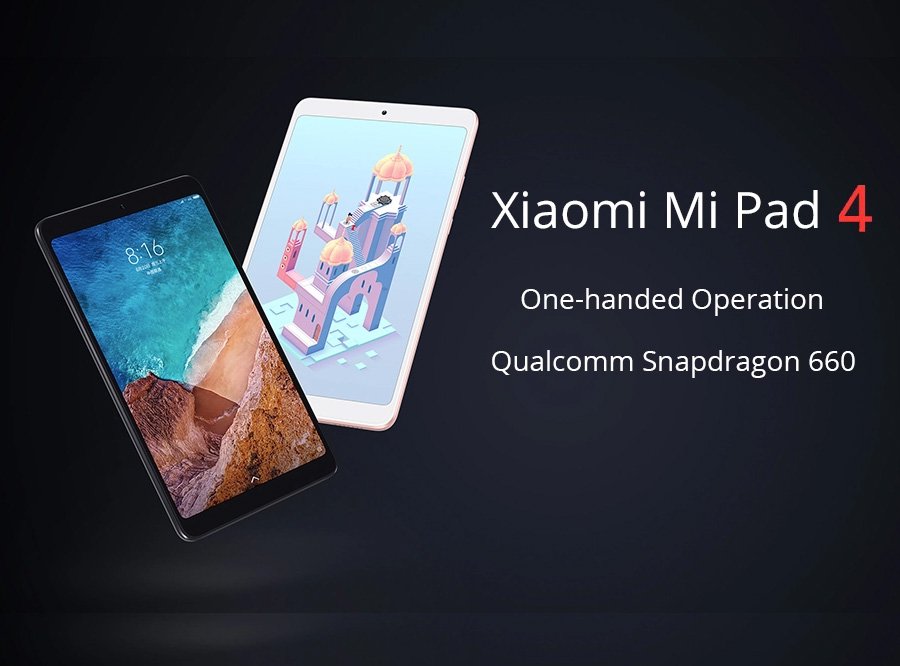
New Mi Pad for the busy segment
No wonder that Xiaomi has been absent from the tablet market for a while, given the fact that the segment has shrunk over the past few years. However, the tablet market saw growth last year as a result of the COVID-19 pandemic, which forced students to resort to online education.
Chances are, it was this rise that prompted Xiaomi to revive the tablet lineup. However, I am of the opinion that if Xiaomi is going to release a new tablet, it should work not on Android, but on Chrome OS, at least on the variant that will be sold in international markets.
Before diving into the reasons for this opinion, let's take a quick look at the history of the Mi Pad line.
Mi Pad - bad update history
The first Xiaomi tablet was released in 2014 under the name Mi Pad 7.9... It had a 7,9-inch screen, a processor NVIDIA Tegra K1, 2 GB of RAM, 16 GB or 64 GB of storage and a 6700 mAh battery. The tablet was running MIUI 7 based on Android 4.4.4 KitKat out of the box. It has been updated to MIUI 8 but has never been updated to Android version.
Xiaomi followed suit with the release of the Mi Pad 2 in November 2015. It had a similar screen, but the NVIDIA processor was replaced with Intel Atom X5-Z8500. It also had a smaller 6190mAh battery. RAM and storage capacity are unchanged from the first generation model. It also worked with MIUI 7, but based on Android 5 Lollipop.
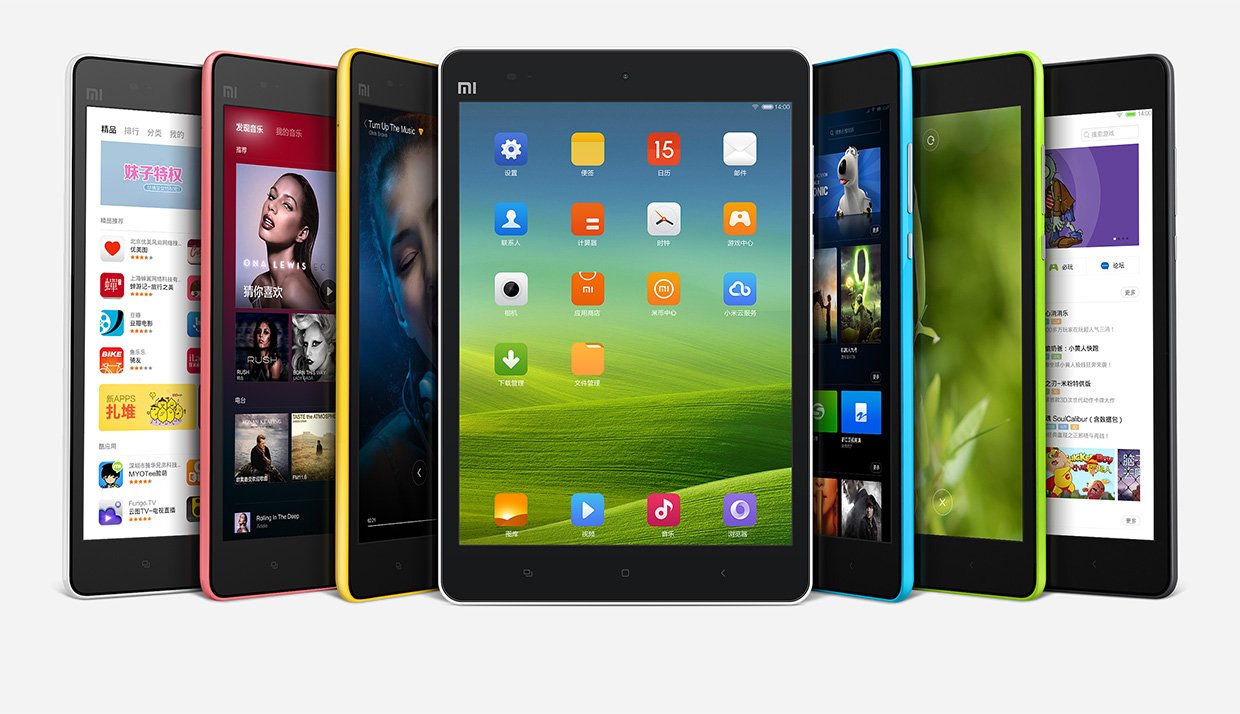

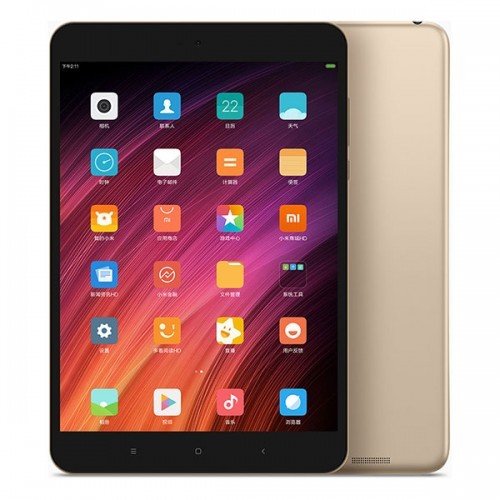
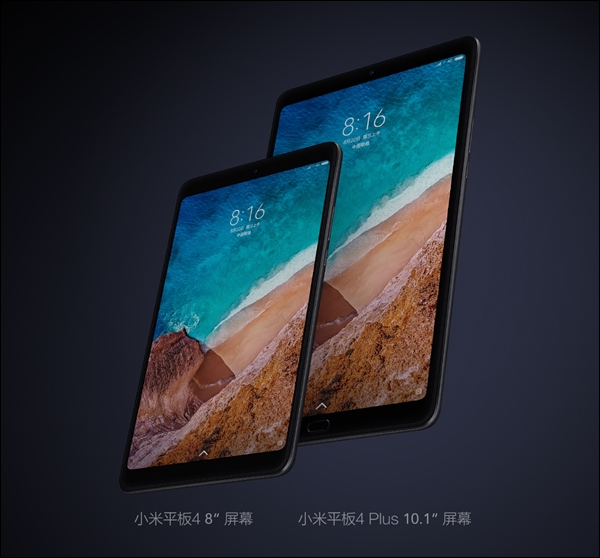
Mi Pad 3 appeared two years later, in 2017, with a 7,9-inch screen as the first two models, thankfully with more 4GB of RAM and one 64GB storage option. Xiaomi changed the brand of chipsets again, choosing a processor MediaTek MT8176. Unfortunately, it didn't have a microSD card slot, but it did come with a 6600mAh battery. It ran MIUI 9 based on Android 7 Nougat out of the box, but never updated to MIUI 10 or received Android version updates.
Mi Pad 4 and Mi Pad 4 Plus were announced in June and August 2018, respectively. The standard version had an 8 "screen, while the Plus model had a 10,1" screen. Both came with the Qualcomm Snapdragon 660 chipset with 3 or 4GB of RAM and up to 128GB of storage. Xiaomi has also brought back the microSD card slot and added 4G.
The smaller model had a 6000mAh battery and the larger model had an 8620mAh battery. The Mi Pad 4 ran MIUI 9 based on Android 8.1 Oreo, while the Mi Pad 4 Plus ran MIUI 10 based on Android 8.1 Oreo. Neither of the two tablets has been updated to MIUI 11 or received an Android update.
As you can see, Xiaomi has been pretty bad at updating the Mi Pad series. Now that a new tablet is in the works, what are the chances that this tradition will not continue?
Why Chrome OS?
Why Chrome OS? There are several reasons why the next Mi Pad should work with Chrome OS, but the key benefit is software support. The average Chrome OS device has received software support for at least five years.
Google announced last year that Chrome OS devices will now be supported for even longer, as devices such as the Lenovo 10e Chromebook Tablet and Acer Chromebook 712 will receive updates until June 2028. That's 8 years of software support !!!
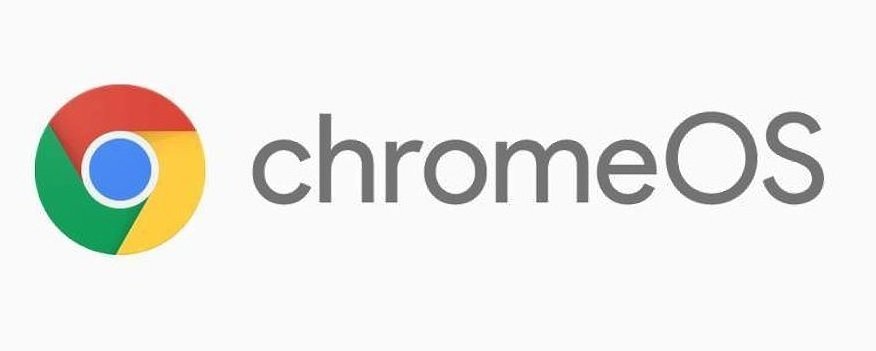
Chrome OS provides other benefits as well:
- Android Application Support - Chrome OS has native support for Android applications, so there are no complaints about the limited application library.
- Updated regularly with new features - Chrome OS is updated regularly as well. Unlike Android, in which you'll have to wait almost a year before you get significant changes, this is not the case for Chrome OS. Full OS updates with new features arrive every 6 weeks, and minor updates such as security fixes are released every 2-3 weeks.
- Surface Learning - Chrome OS is easy to use. Many keyboard shortcuts from Windows and macOS work the same in Chrome OS. Google Assistant is also available, which can be called to perform multiple tasks.
Chrome OS - a growing Xiaomi market can make a profit
Several devices are available with Chrome OS. This is not surprising given that this year marks ten years since its first release. However, the first tablet with Chrome OS, the Acer Chromebook Tab 10, was not released until 2018.
Now there are more, but still not enough options. Not only that, several affordable Chrome OS tablets are available in select markets. By launching a tablet with Chrome OS, Xiaomi could grab share in a growing market. It is already present in several countries, many of which have very few or no Chrome OS tablets. Take India, for example, which is a key market for Xiaomi. The Lenovo Ideapad Duet Chromebook is the only Chrome OS tablet sold in the country.
Chrome OS devices outperformed Apple macOS devices last year. Chrome OS growth is expected to continue to pick up as e-learning continues into the second year of the COVID-19 pandemic. Xiaomi definitely doesn't want to miss out on a share of this cake.
Dual OS strategy
Fans of the Mi Pad 2 will notice that I have not mentioned an important feature of the Mi Pad 2. In fact, I have not forgotten, as this is the best chance to talk about it.
In fact, the Mi Pad 2 was launched with two different operating systems. You can get a tablet with either pre-installed Android or Windows 10. The Windows 10 version was released a few months later and was only available in one storage option - 64 GB of course, for obvious reasons.

Xiaomi could follow the same path with its next tablet, launching it on both Chrome OS and Android. Thus, people who want an Android-based MIUI tablet will not be overlooked, and those who want Chrome OS will not be overlooked. The sales of both variants should also help Xiaomi determine whether it wants to pursue a dual-OS strategy or stick to one.
Expected features and price of the upcoming Mi Pad
We don't know how much the new tablet will cost or the specs, but here are the features and price range we'll love:
- 10-inch / 10-inch + FHD display (with stylus support of course)
- 4 GB RAM / 6 GB RAM
- 128 GB of internal memory
- MediaTek Dimension 700/720 (Dimension 1000+ for professional model)
- Expandable storage support
- Main camera 8 MP
- 5MP front camera
- Side-mounted fingerprint reader and / or face recognition
- Battery capacity 7000 mAh
- Fast charging 30W / 33W (although we wouldn't be surprised if Xiaomi goes with 18W fast charging)
- Bluetooth 5.0
- USB-C with display output support
- Stereodynamics
- 3,5mm audio jack
- Optional 5G
Accessories
Chrome OS is a productivity device, and this feature is enhanced with the right accessories. Chrome OS tablets like the Lenovo Ideapad Chromebook Duet come with a detachable keyboard in the box and also have support for USI styluses. Xiaomi has several companies that make keyboards and mice, so making an affordable removable keyboard for the Mi Pad is not difficult.
However, Xiaomi has no experience with a stylus. Chrome OS touchscreen devices are great because they support the Universal Stylus Initiative (USI) standard. This allows devices that support the standard to be able to use supported active styluses from different manufacturers.
Therefore, if Xiaomi decides not to produce a stylus, buyers can opt for one from any third-party manufacturer. You can also read my thoughts on why more manufacturers should add stylus support to their smartphones.
Price
Regarding the above specs, we can expect the 4GB + 128GB version to sell for $ 250 with included keyboard and stand case, while the 6GB + 128GB version sells for $ 280. A 5G version with the same configuration as the top model can sell for $ 329. Should Xiaomi decide to make a USI stylus, we expect it to cost $ 39.
Of course, these are just our assumptions and we will have to wait and see some specific information.
Conclusion
Xiaomi's bad update history regarding the Mi Pad lineup will be the main reason why some people won't want to buy their next tablet. However, it can bring those customers back and attract new ones by launching a Chrome OS tablet that will provide longer software support than virtually all Android devices, phones and tablets. This is also Xiaomi's chance to enter the Chrome OS tablet market, which has very few players and even fewer products for consumers.
It is important to note that the likelihood that Xiaomi will launch a tablet with Chrome OS so soon is very small, although we do not rule out that possibility. In addition, Xiaomi's attitude towards its non-MIUI mobile devices (Android One and Android Go phones) shows that the company will try to avoid launching a device that cannot install a customized version of Android.
What do you think of Xiaomi's launch of a tablet with Chrome OS? Share your thoughts with us in the comment box below.


